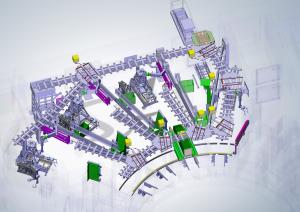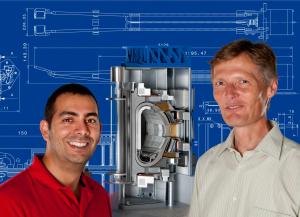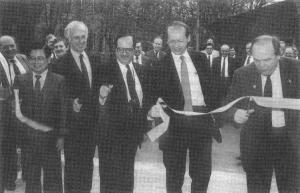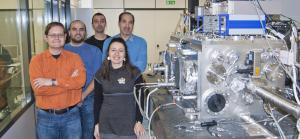What’s New
1 October 2012
ITER news digest for the period of 1 October 2012 to 1 October 2012.
In the media
The Business Desk
Pittsburgh Post-Gazette







